#statusMessage#
Do you want to start the compare now?
The mioDAQ USB-64xx series are compact data acquisition devices in a completely new design with a metal housing and USB-C connection. Thanks to high resolution, speed and maximum accuracy, you can go from observation to insight in the shortest possible time. With simultaneous sampling of up to 16 channels, you can drastically reduce test times, no matter how complex the scenario.
Easy setup and seamless software integration means you're ready to go, whether you're on site or on the move. Everything you need in one powerful device.
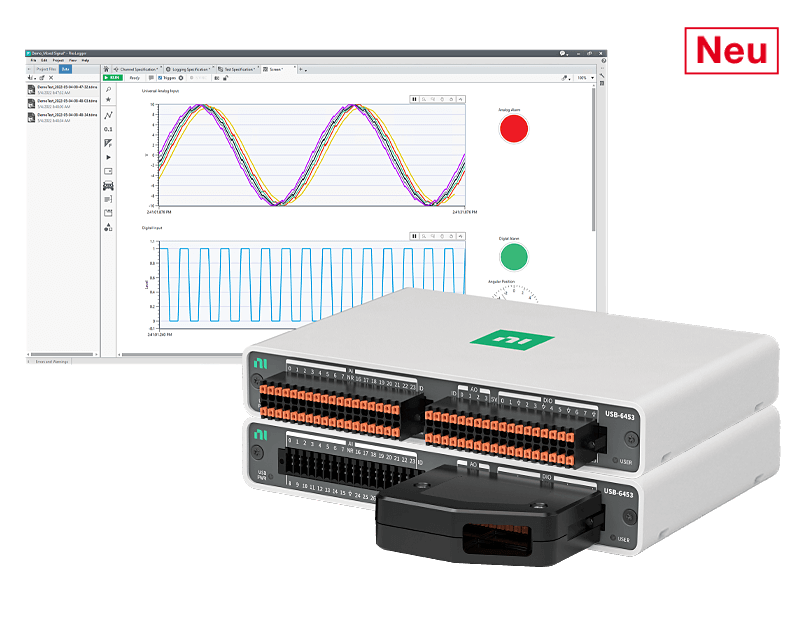
Engineers use the mioDAQ models to perform ±10 volt measurements, build electromechanical test systems and validate complex electronic designs. The compact, easy-to-install devices have integrated spring terminals, so you no longer have to worry about blocks or cables. In addition, the devices are designed to be operable with little or no training.
Combine mioDAQ with the free FlexLogger Lite data logging software or with APIs and sample programs for NI LabVIEW, Python and C/C++. All in all, mioDAQ is ideal for engineers who perform quick debugging at their desk before heading to a test lab or bench.
Better measurements, set-up and software.
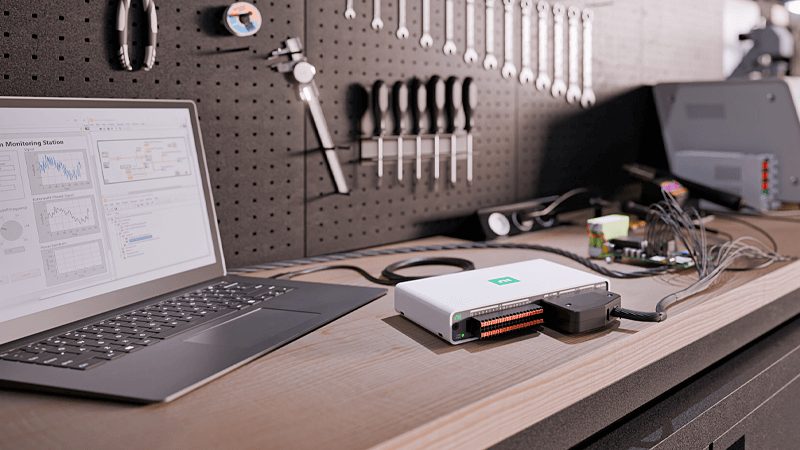
![]()
Higher resolution and higher speed measurements provide insights into your test that would not be possible with lower quality inputs. Use the high resolution and multiple gain settings to amplify low voltage systems.
![]()
Set each line independently as a digital input or digital output and enable the connection and forwarding of external clocks or trigger signals and forwarding to a counter.
![]()
The onboard timebase is the internal ‘heartbeat’ that drives all digital circuits. Sample clocks, trigger channels and counters/timers use the timebase as an integrated reference to generate clock frequencies and store digital edges. Analogue triggers respond faster and sampling frequencies are more accurate with a faster timebase.
![]()
You can set different rates for analogue input and output channels as well as digital lines, as each channel type has its own timing engine.
Der Smart ID Pin kommuniziert mit einem vom Benutzer bereitgestellten 1-Draht-EEPROM, sodass Prüfspezialisten Intelligenz in ihren Prüfstand einbauen können. Schließen Sie ein 1-Draht-EEPROM direkt an den Federklemmenstecker an – oder entwerfen Sie eines in Prototypenplatinen. Dann können Sie das EEPROM abfragen:
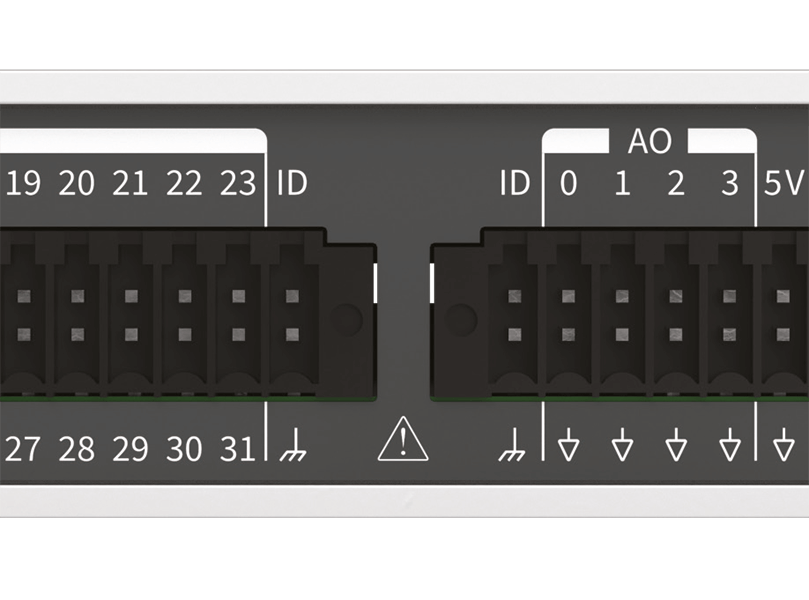
Scannen Sie den QR-Code auf der Rückseite des Geräts, um Zugriff auf die Bedienungsanleitung, Spezifikationen, Pin-Belegung und Links zum Herunterladen von FlexLogger Lite und Treibern für LabVIEW, Python C, C++ oder C# sowie Erklärvideos zu erhalten.
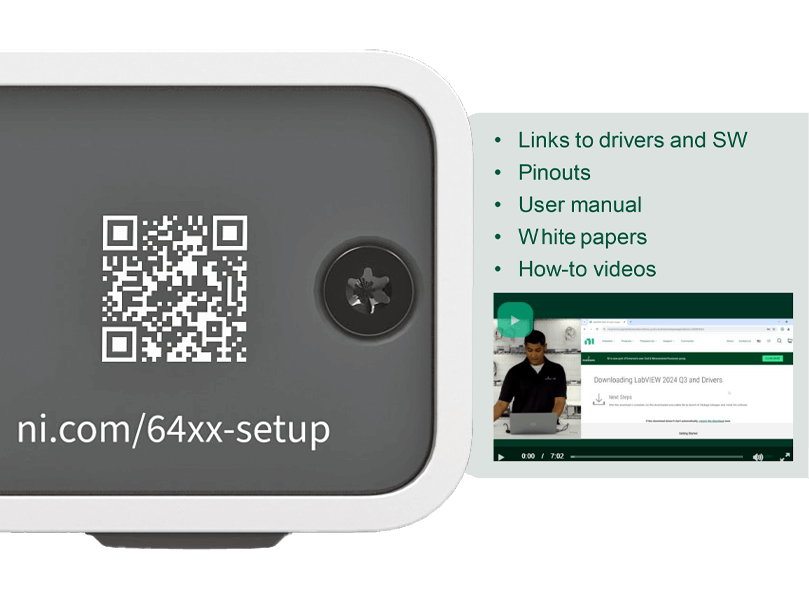
Manchmal benötigt man einfach nur eine Möglichkeit, Geräte zu sichern oder zu befestigen. Aus diesem Grund gibt es am Gerät Öffnungen für Kabelbinder.
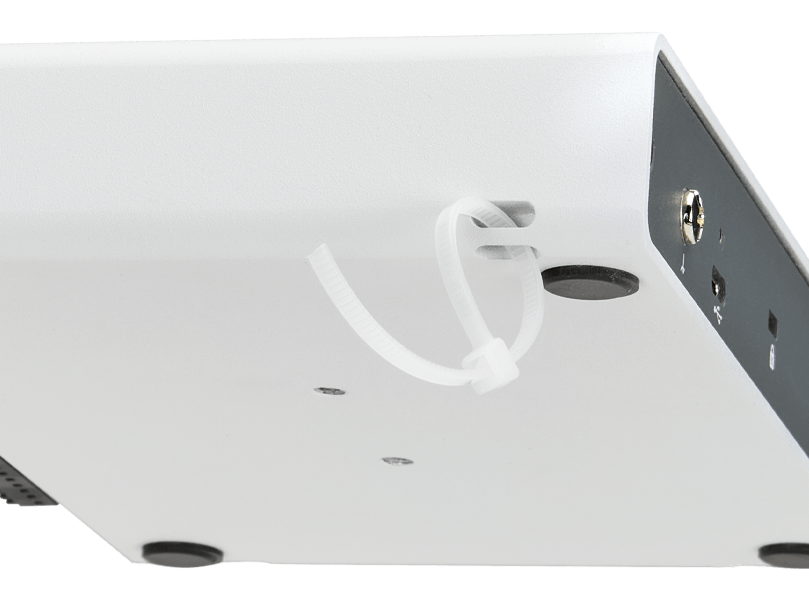
Discover the most important connections and interfaces of the mioDAQs.
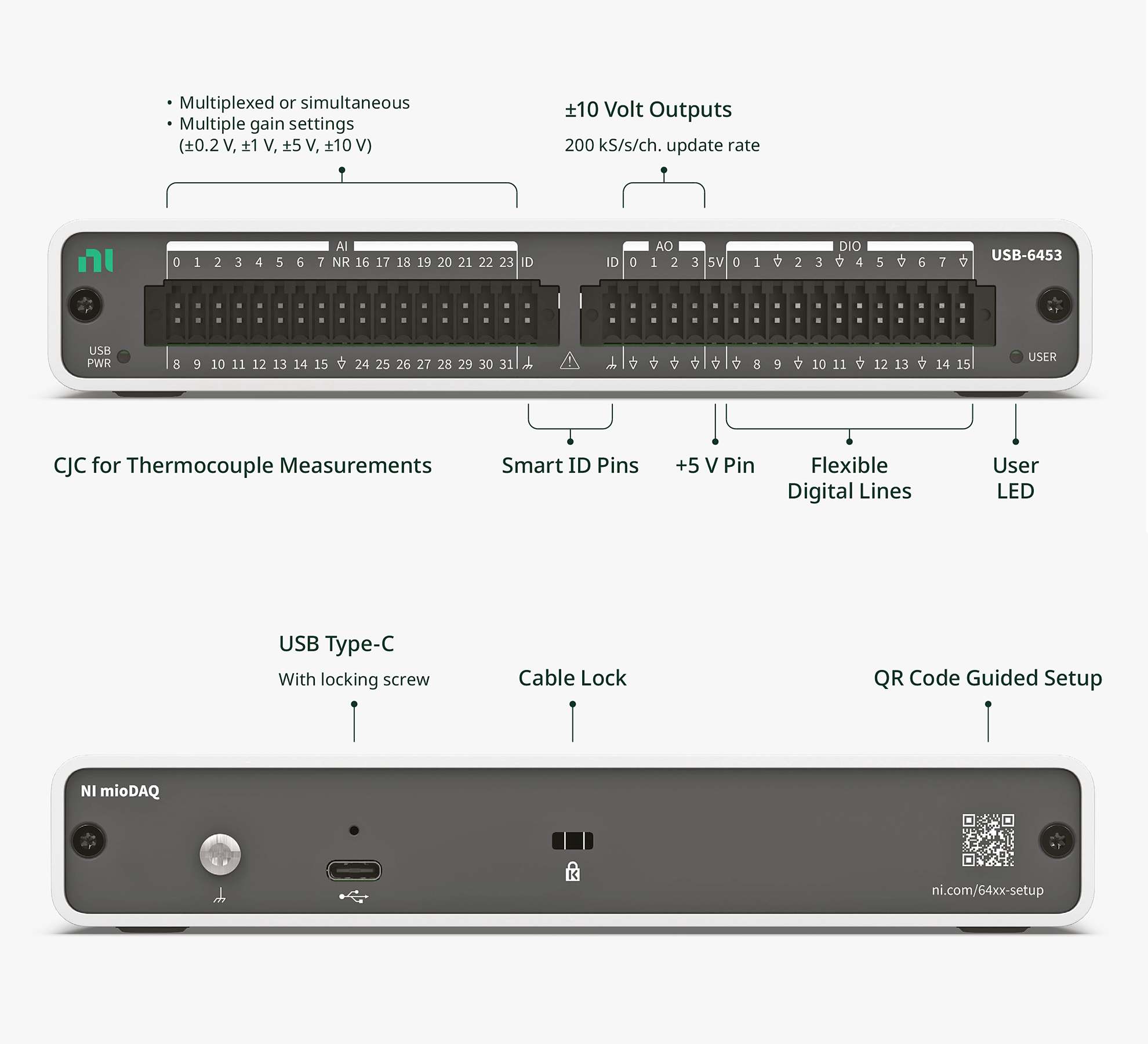
* Simultaneously
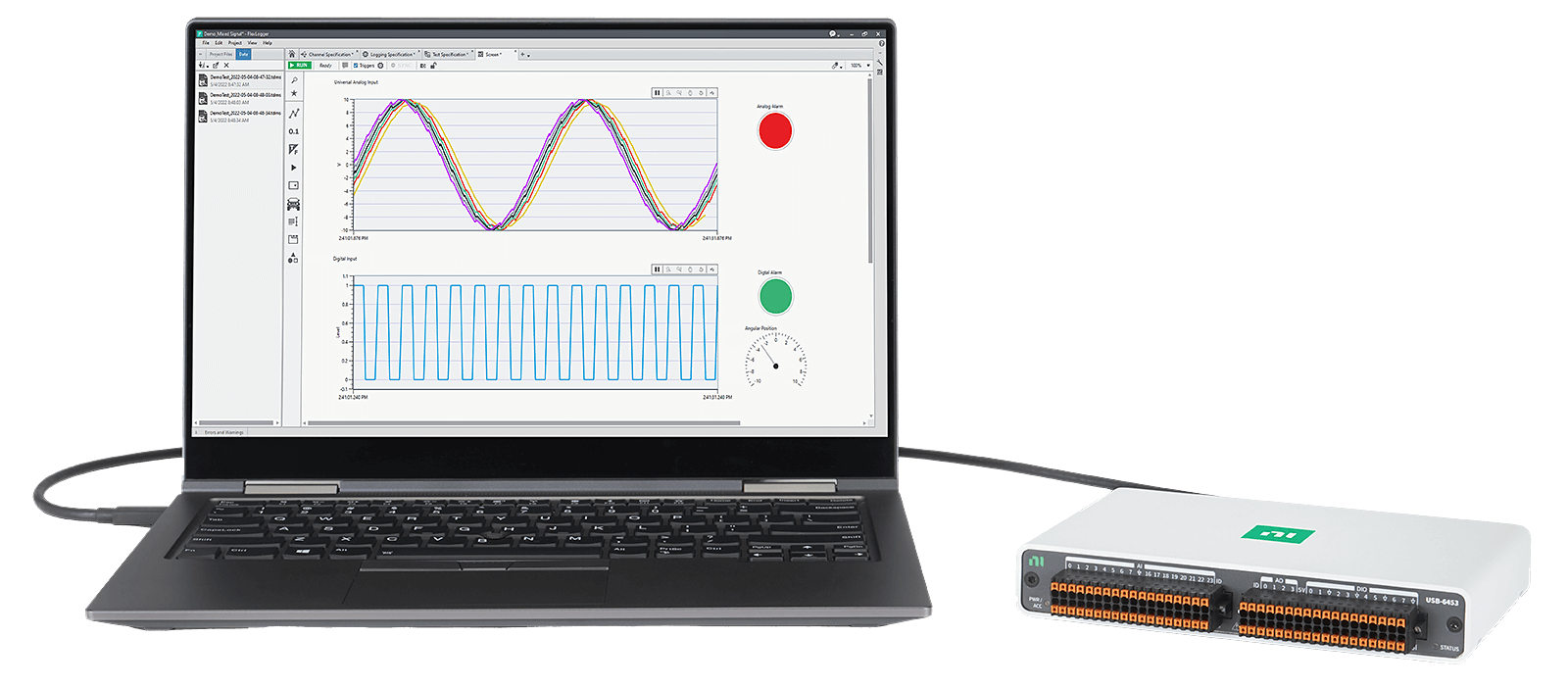
As your training partner for seminars and practical training courses, we offer consulting and training from a single source. Basic and advanced courses with certified instructors - LabVIEW, TestStand, NI-DAQmx, DIAdem and more. For beginners and professionals in English or German.
Deepen your knowledge of the NI applications used and learn together with people who have the same professional interests.
Test and measurement requirements can often be very individual. We help you to perfectly customise your mioDAQ to your individual needs. Do not hesitate to contact us. Whether directly on the phone or via an online demo from the comfort of your screen - our experts are there for you.